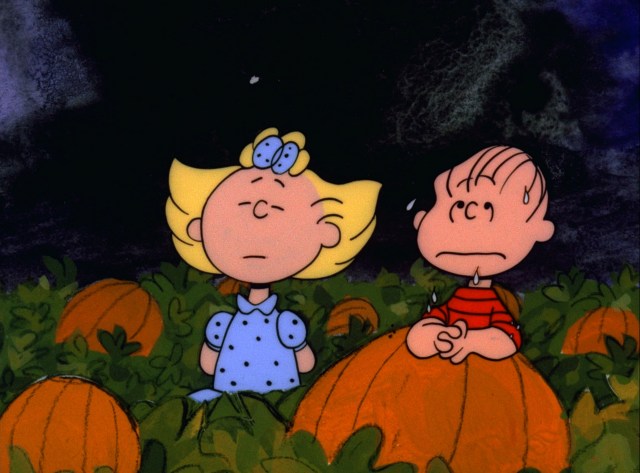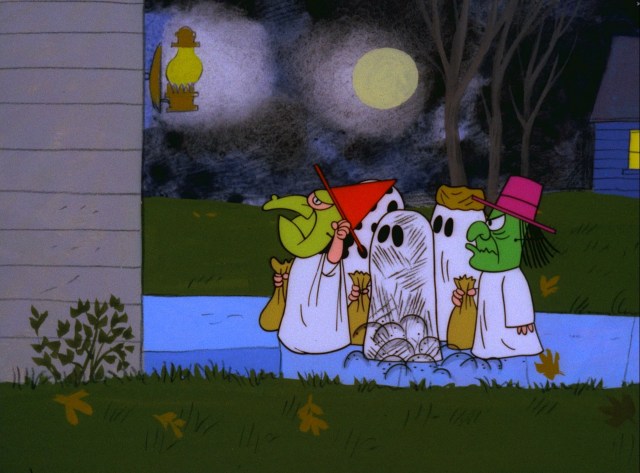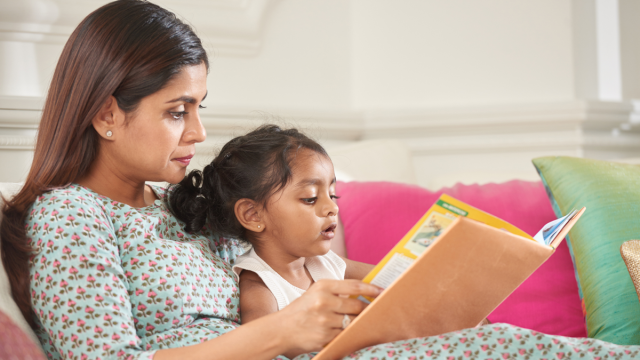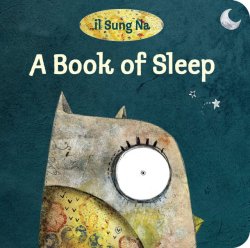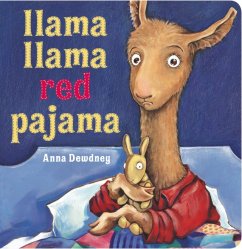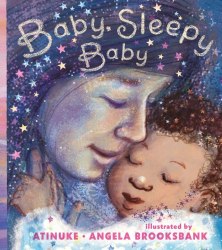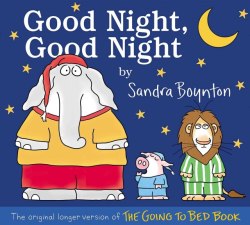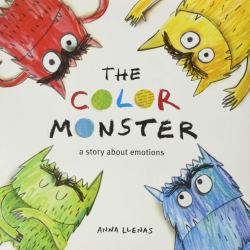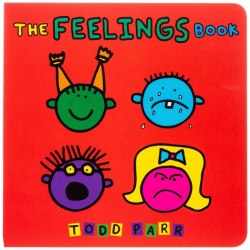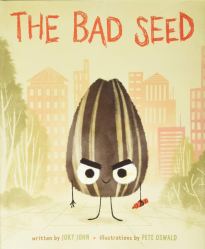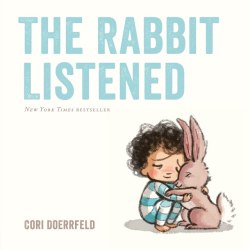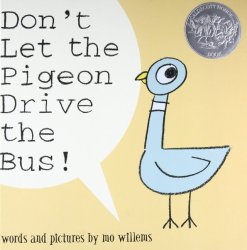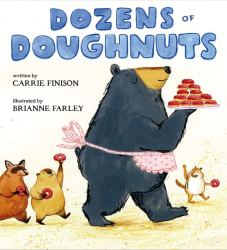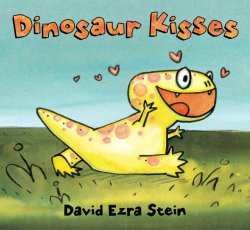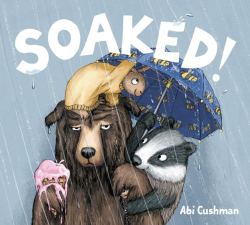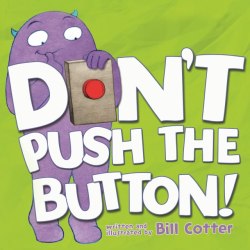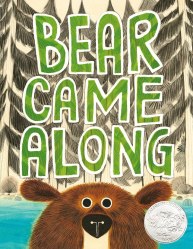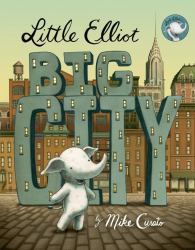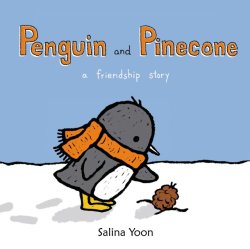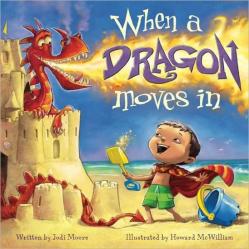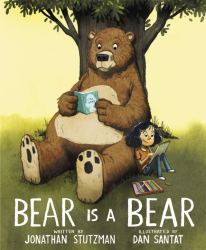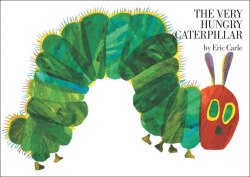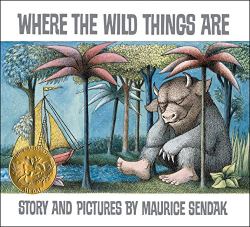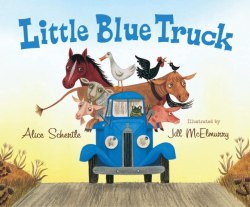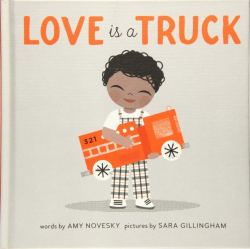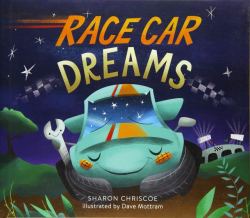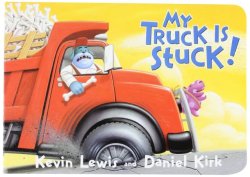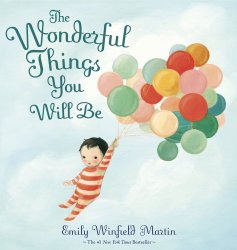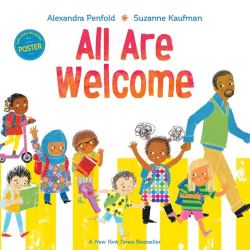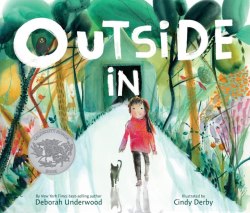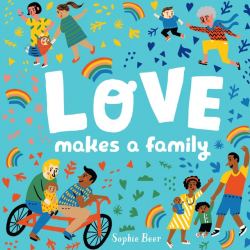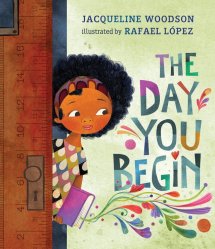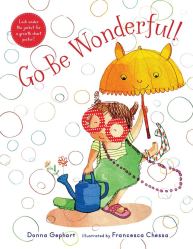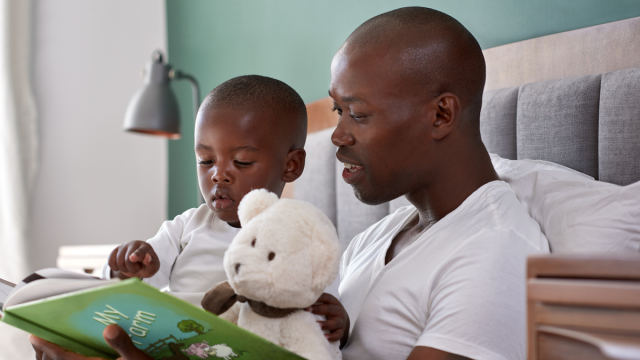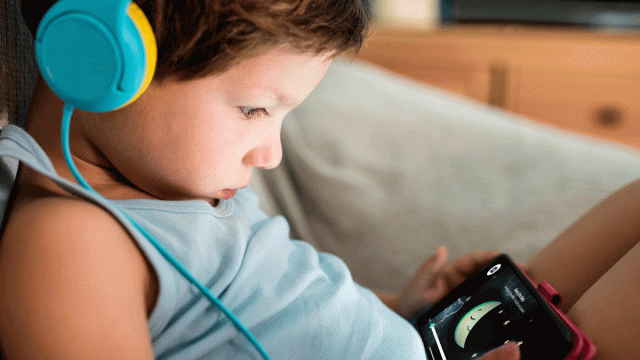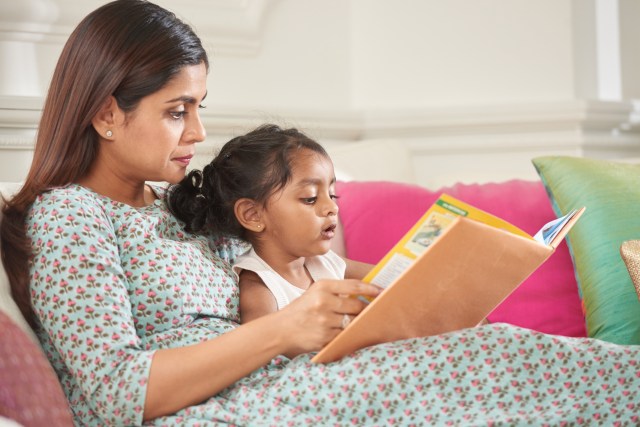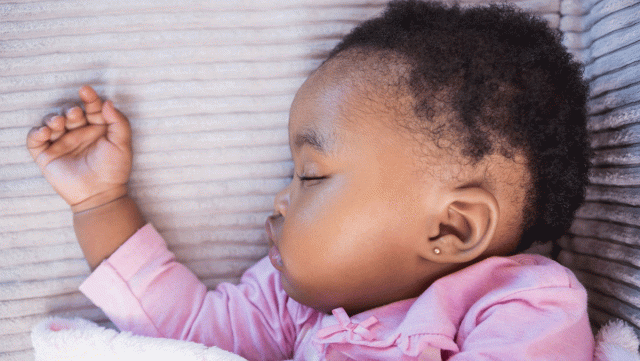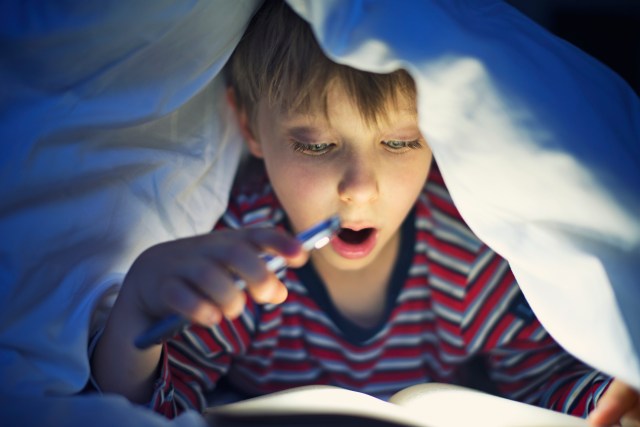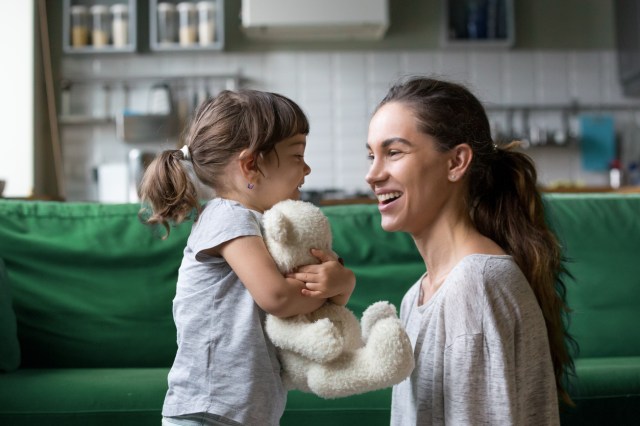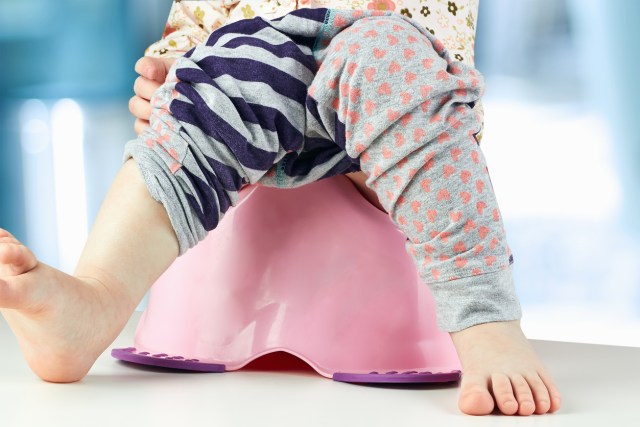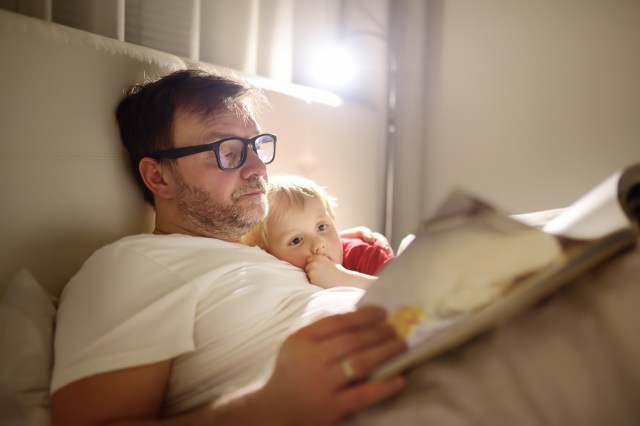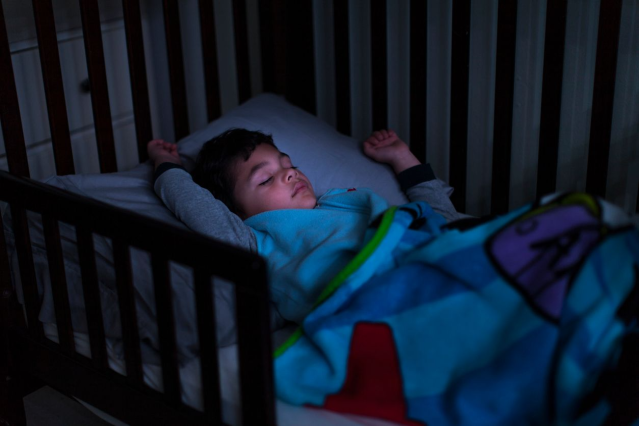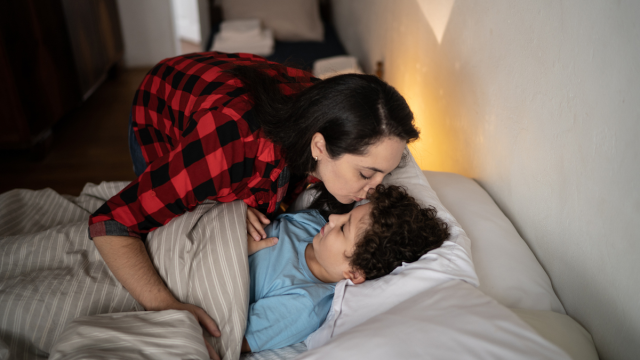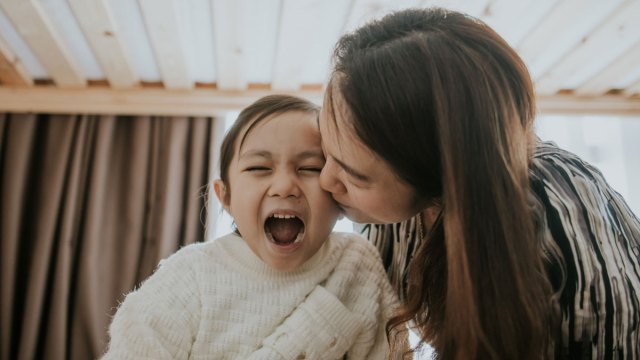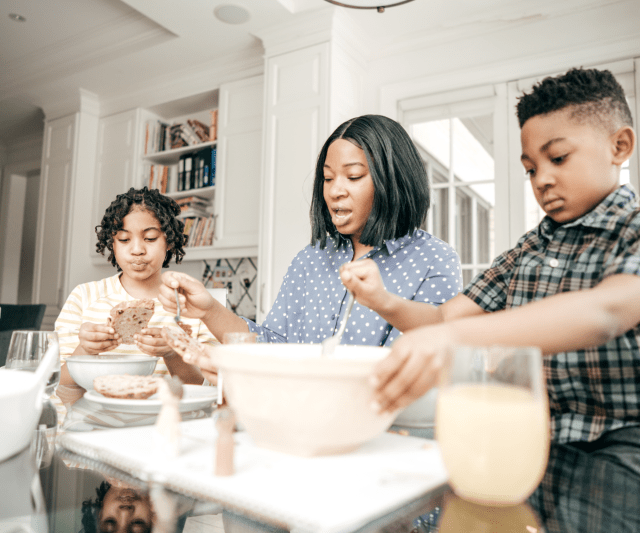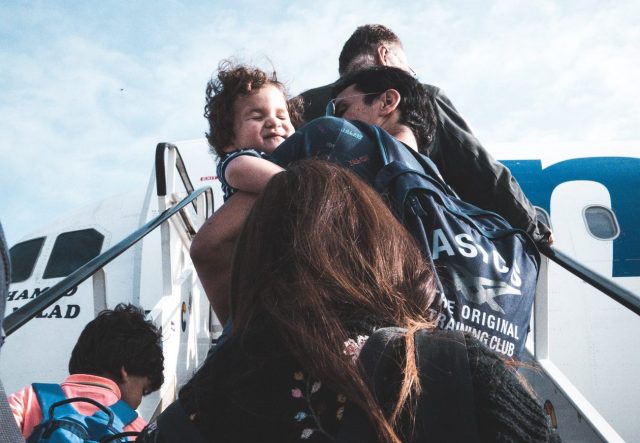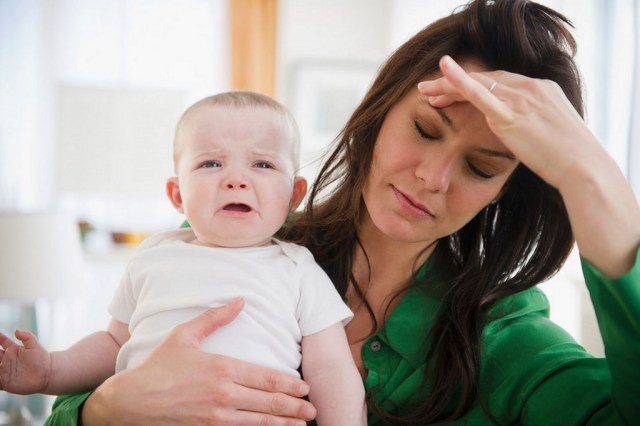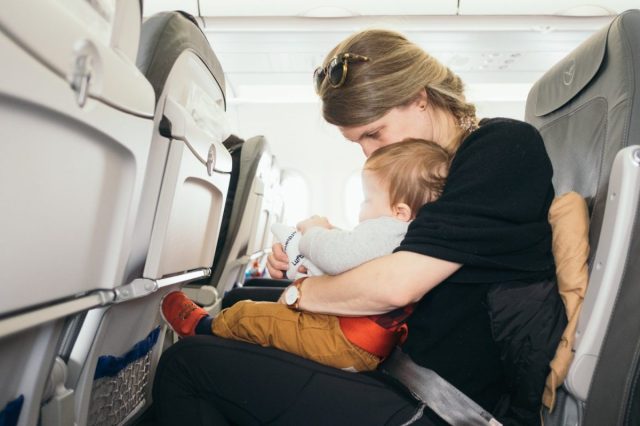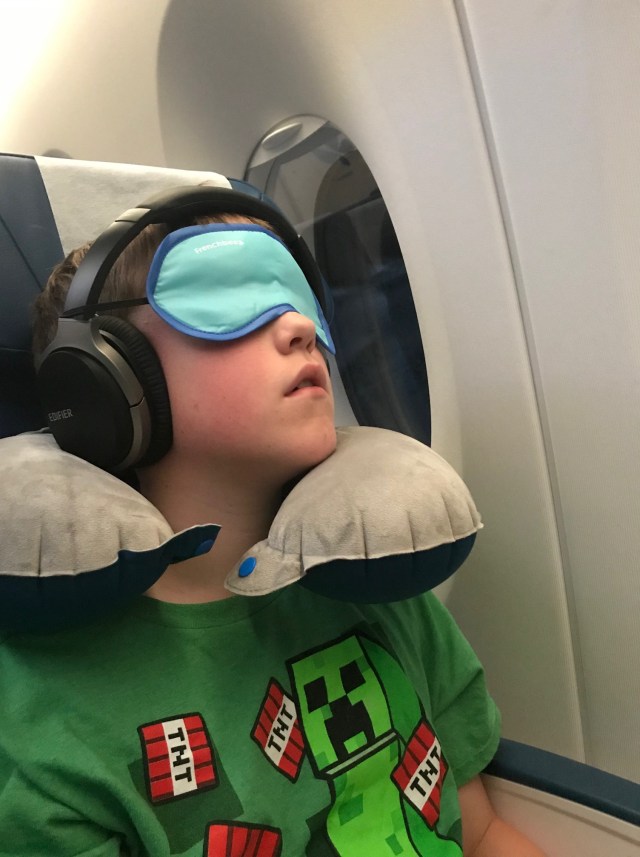I am an introvert. Basically, I like quiet. I like to be alone. I like peace. And I’m a mom.
As you can imagine, being an introvert and being a mom don’t always mix. Introverts breathe in solace and breathe out society. Being around people, even little people, expends our energy. That doesn’t mean we hate it; it’s just tiring. Being alone restores us.
But finding sufficient alone time isn’t the only hard thing about being an introverted mother. I have a whole list: I hate playdates. Having them isn’t the issue. It’s setting them up: coordinating, scheduling, remembering, driving… Even when someone invites my kids to their house, it stresses me out. Ridiculous, I know. Especially because most of my children’s friends are my friends. And I love my friends. But here we are.
Doing cool stuff with my kids stresses me out. I mean, I can’t even buy groceries without worrying my children will be kidnapped (which unfortunately isn’t an illogical fear anymore). So why would I subject myself to a zoo or museum? We have a small list of comfort zones: home, the farm, grandma’s, the mountain, the ranch, and sometimes Hobby Lobby.
The idea of my child, let alone more than one, being in sports/dance/music lessons that require me to consistently drive them somewhere, remember things, and interact with other adults gives me major anxiety.
I don’t like to do my girls’ hair. Yes, I have four daughters and I don’t like doing their hair. Well, I like doing the baby’s hair. But everyone else cries or complains or tries to run away, and it all just becomes a fight. And I’m not really good at doing hair anyway so it never quite turns out how we imagine. Grandpa Todd started calling three-year-old Adeline “Tarzan” because she has long wild hair and is usually half-naked. It’s fine. Might as well be wild and half-naked while you can.
And I especially hate bedtime. The whole to-do list of bedtime. PJs. Teeth. Homework. The “you said we could…” or “we forgot to…”s. Ugh. The begging for snuggles and stories and heart-to-hearts while I’m exhausted and so done. All made worse by the anticipation of that quiet, peaceful, alone time I’ve been craving is enough to make me crazy.
I used to feel immense guilt for hating playdates and hair and bedtime. Over time, I started to deeply believe that I wasn’t a good mother. Everyone else seemed to do these things easily, so I thought that I should, too. I should put my kids in every available sport/class. I should have a play date for each child several times a week. I should learn how to do fancy hairdos. I should read to my kids before bed. I should snuggle with them. I should take them on dates. I should do more. I should be more.
The should list grew, and so did the stress and anxiety. I became the awful mother I believed I was. Then one night, my husband and I were able to get away and go to a movie without the kids: Avengers: Endgame. It was late, and I would have preferred sleeping, but I fought to keep my eyes open (because how often do you go to a movie without kids?), and I’m so glad I did.
Thor, or rather, the heavy, depressed, broken, and aimless version of Thor, goes back in time and runs into his mother. She says something at that moment that hit me so hard it felt like a physical blow. “Everyone fails at who they are supposed to be.” EVERYONE FAILS AT WHO THEY ARE SUPPOSED TO BE. EVERYONE. FAILS. AT. WHO. THEY. ARE. SUPPOSED. TO. BE.
I was trying to be who I thought I was supposed to be. I thought I was supposed to have playdates like Ashley. I thought I was supposed to do amazing hairdos like Kristy. I thought I was supposed to put my kids in every sport available like Lisa. I thought I was supposed to gently love my children to sleep every night like Marissa. I thought I was supposed to do cool stuff with my kids like Kara. I thought I was supposed to be something I’m not. No wonder I felt like I was failing.
So now, I’m being brave and working on playdates, but we don’t have them often, and that’s okay. I’ve learned a few hairstyles, but we keep it pretty and simple. I’m teaching my older girls to brush their own hair so I don’t have to. And that’s okay. We’ve signed our kids up for a few classes so they can learn what they like, but we also recognize all the amazing unique things they already do and get to experience. And it’s all okay. And bedtime. I don’t read bedtime stories; we read earlier. My older girls and I use a mommy & me journal to write down all those heart-to-hearts, and we love sneaking them under each other’s pillows. Each night we pray and kiss goodnight and that’s it. And that’s okay.
We do things differently than the Ashley’s and Kristy’s and Kara’s and that’s okay. My kids are happy. They are fulfilled and loved and thriving. And now so am I. I’m not failing because I’m learning to embrace myself, to be myself. I am an introvert—and a great mom.
Originally published Oct 2021.
Amy is a creator and believes everyone else is too. She strives to be artistic in all areas of life but writing is her passion and her family is her masterpiece. She uses her blog to address the joys and struggles of motherhood and is currently writing her first novel.







